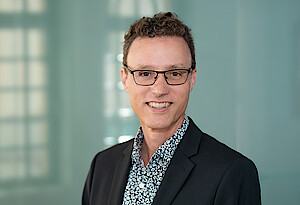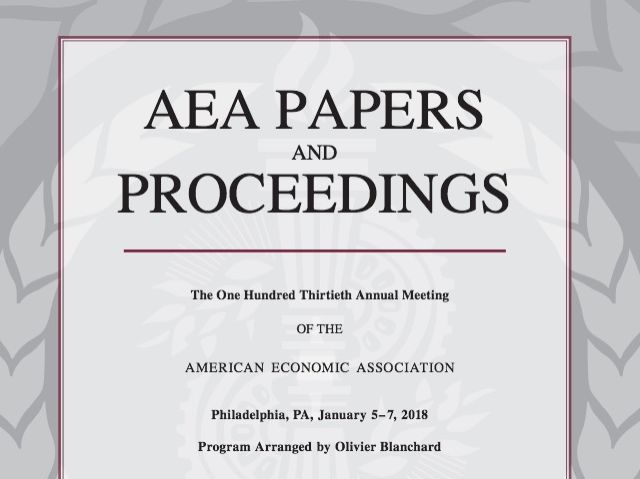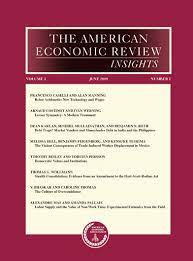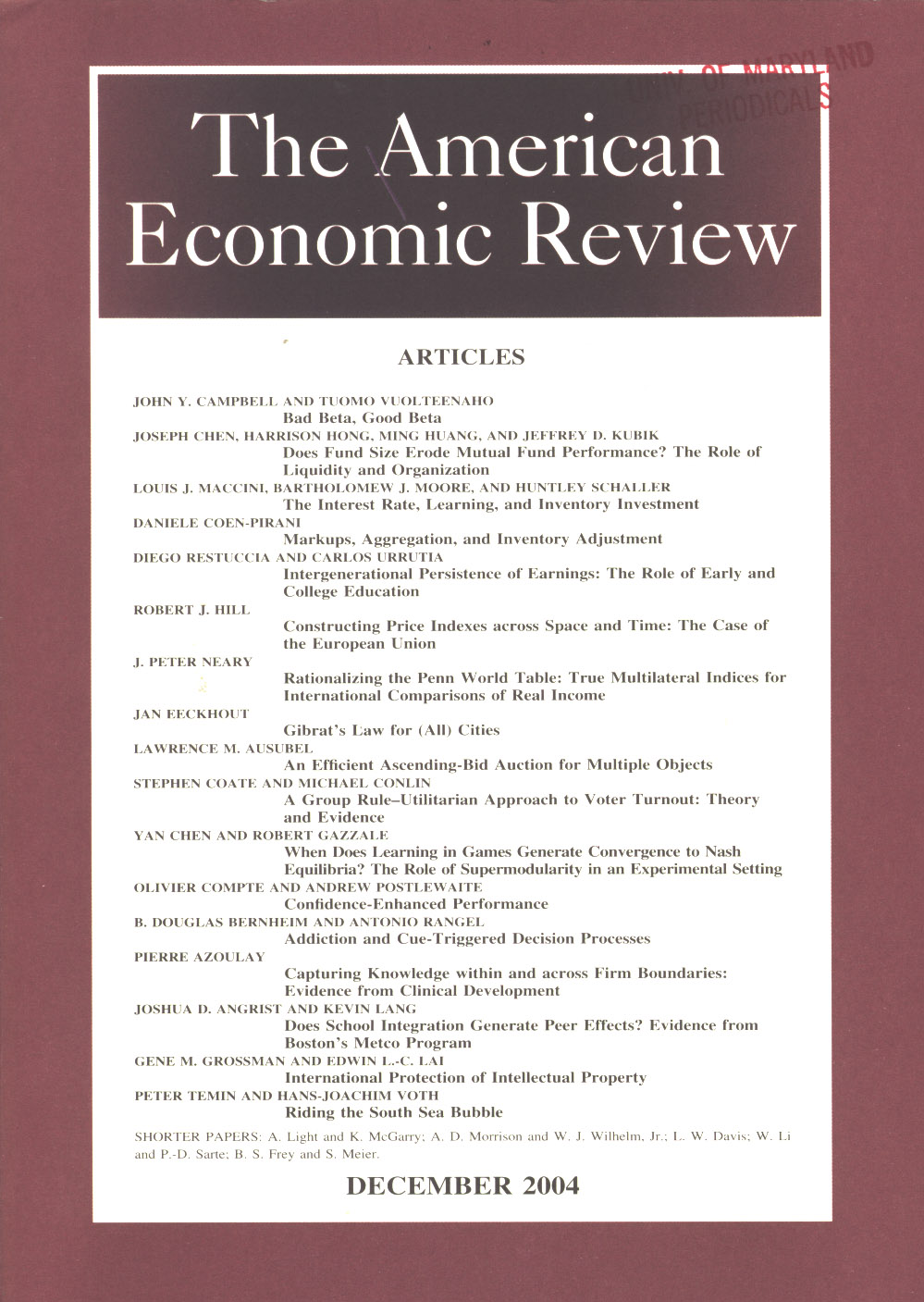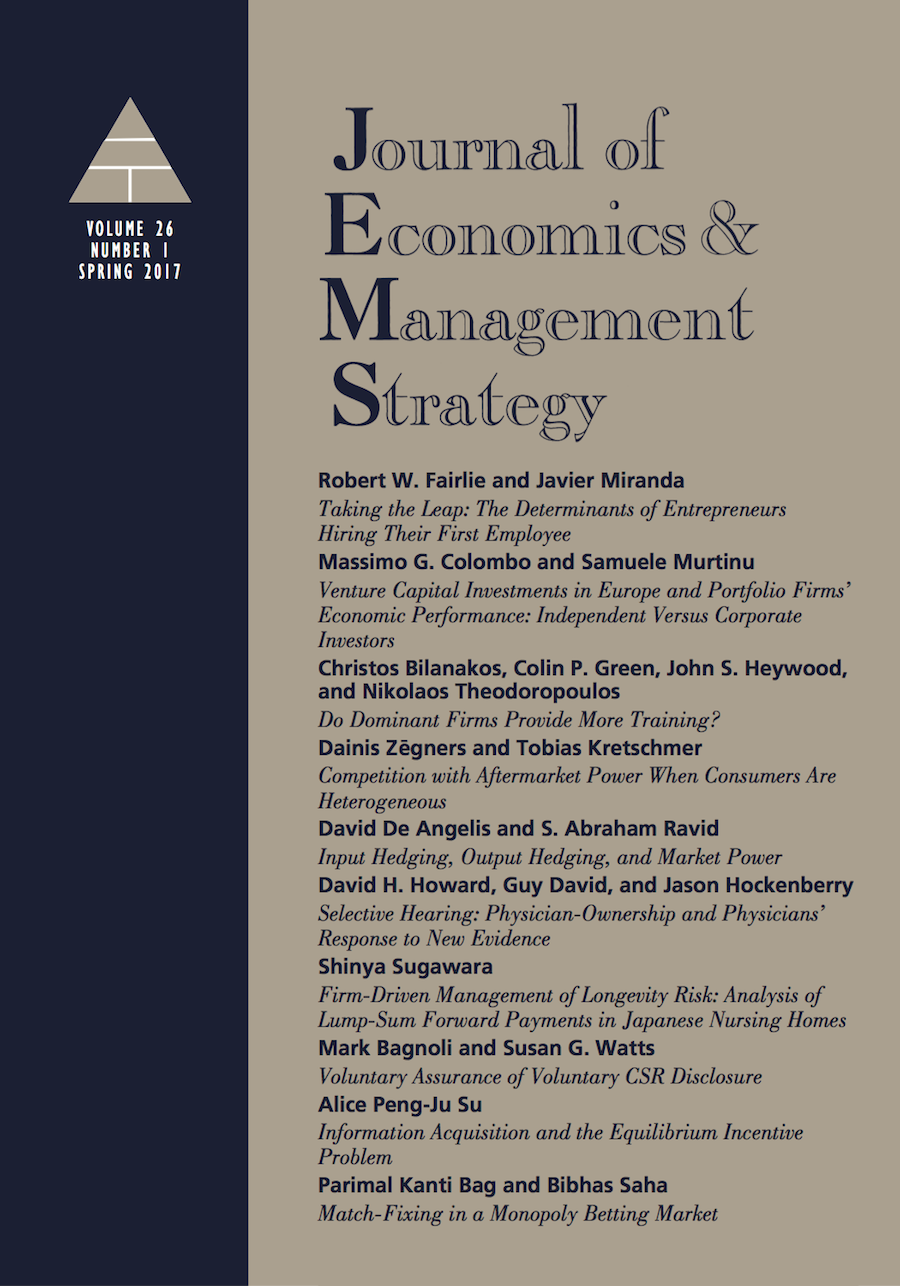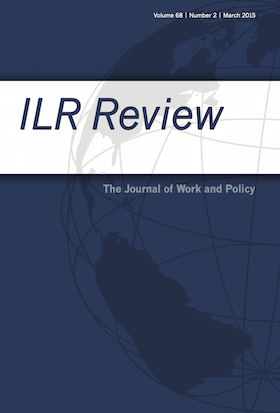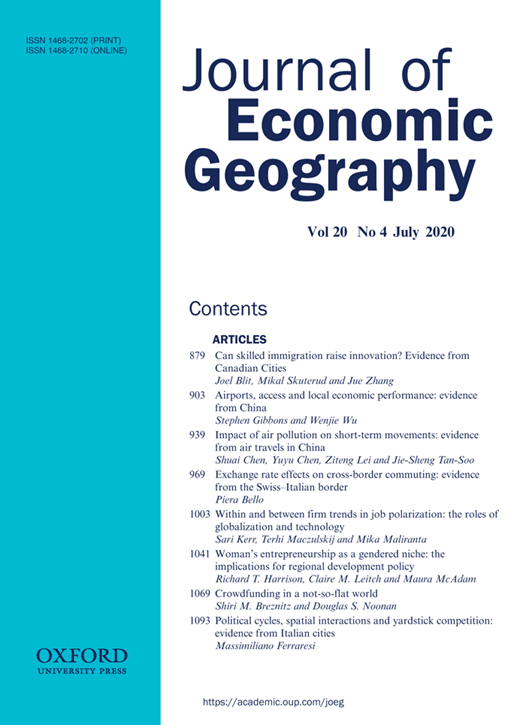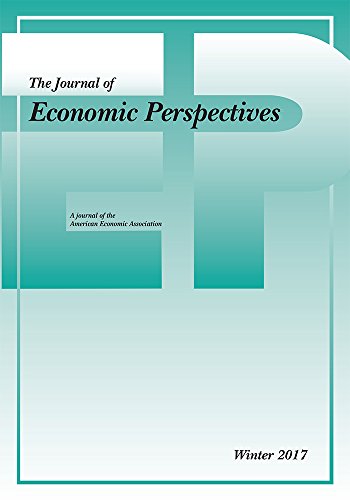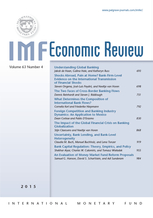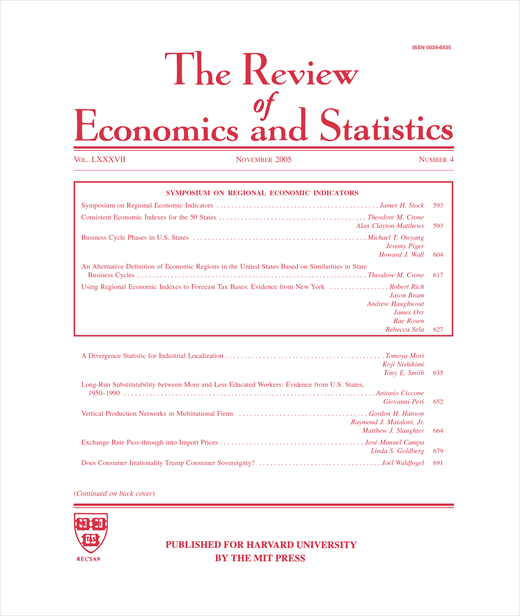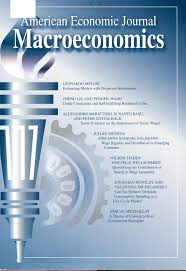Professor Javier Miranda, PhD

Current Position
since 1/25
Head of the Centre for Business and Productivity Dynamics (IWH-CBPD)
Halle Institute for Economic Research (IWH) – Member of the Leibniz Association
since 1/23
Head of the Research Group Entrepreneurship, Innovation, and Productivity Growth
Halle Institute for Economic Research (IWH) – Member of the Leibniz Association
since 4/21
Professor
Friedrich Schiller University Jena
Research Interests
- innovation
- entrepreneurship
- empirical productivity research
Javier Miranda joined the institute in March 2021. He is a Professor at Friedrich Schiller University Jena and head of the Centre for Business and Productivity Dynamics (IWH-CBPD) as well as the IWH-CompNet-team. His research focuses on business dynamics, job creation and growth, entrepreneurship, high growth firms, innovation, business finance, and synthetic data.
Javier Miranda received his bachelor's degree from Universidad Autonoma Madrid, his master's degree and his PhD from American University in Washington, D.C. Prior to joining IWH, he was Principal Economist at the U.S. Census Bureau.

